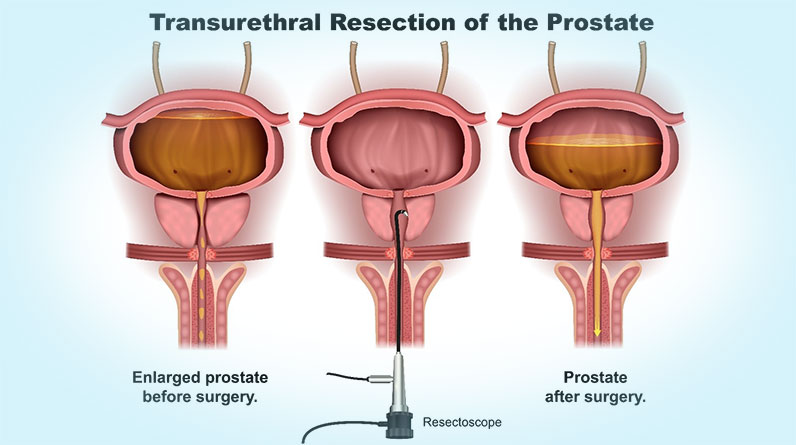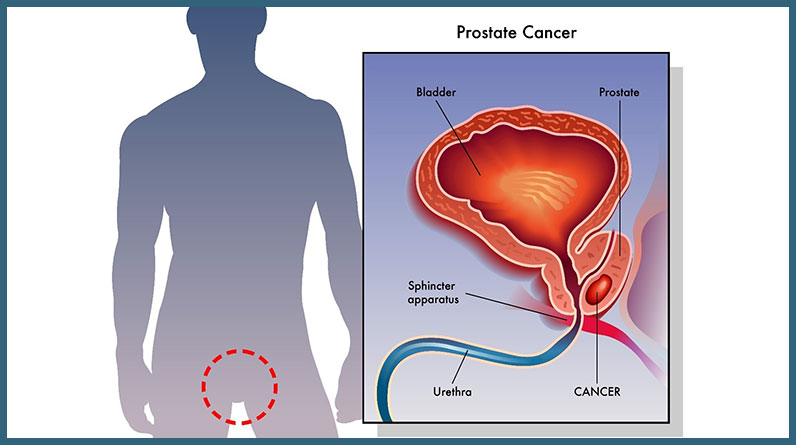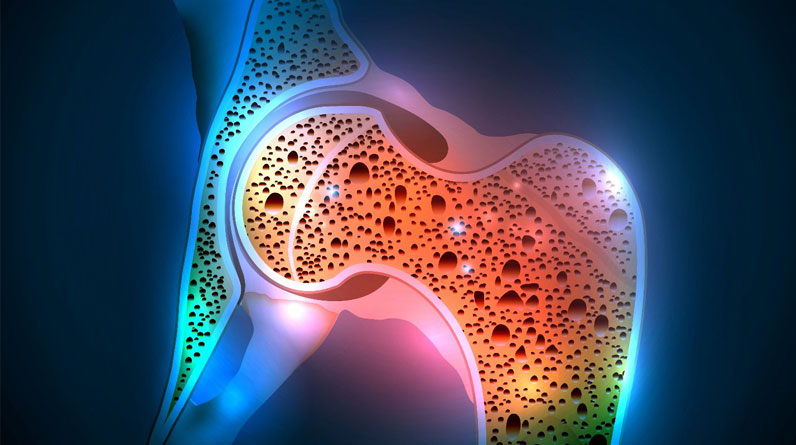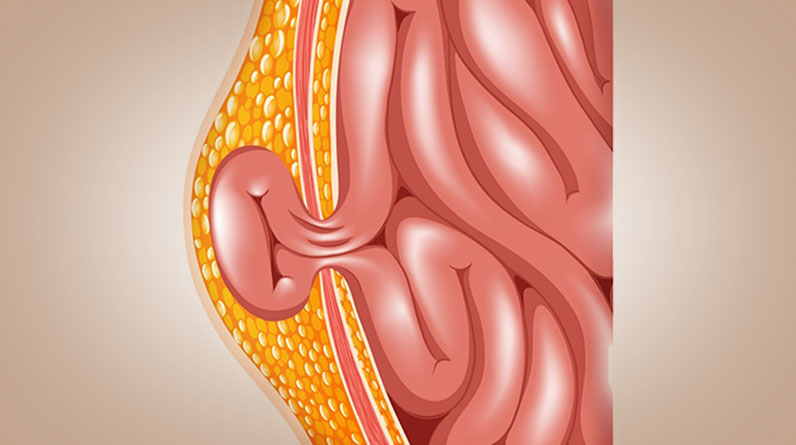
Prostate Health: Benign Prostatic Hyperplasia
The prostate is a small gland located right below the bladder. The function of the prostate is to produce seminal fluid, which is the fluid that provides nutrients and a means of transport for sperm. The prostate can be affected by specific medical issues as men age, and it’s imperative to be aware of their prevalence in men’s health.
The prostate is the most commonly affected gland in the male body, prevailing year after year as the most common cancer (prostate cancer) that men experience.
Other than the diagnosis of prostate cancer, the prostate can also be affected by other conditions. One of the most notable is BPH or benign prostatic hyperplasia. Benign indicates that the process is not life-threatening, and hyperplasia means enlargement due to rapid cell growth.
In what follows, we’ll be discussing what BPH is, how it affects men’s health, as well as the most common and effective ways to treat this condition.
What is Benign Prostatic Hyperplasia?
Benign Prostatic Hyperplasia, otherwise known as BPH, is a non-cancerous condition involving the overgrowth of the prostate gland. This swelling of the prostate, though non-cancerous, can cause various symptoms and side effects that can be quite unpleasant.
BPH is a condition that usually affects men over age 50. There has been some evidence of a genetic link for BPH, and it appears that men whose male relatives have this condition are much more likely to develop it themselves.
BPH commonly causes difficulty urinating. This symptom is caused when the enlarged prostate places pressure on the urethra and the bladder, which causes urinary flow to become restricted. These annoying symptoms can be very uncomfortable.
BPH can be treated, helping to improve symptoms dramatically. Regular checkups with your doctor or health care provider will allow the early diagnosis and initiation of early treatment. If the symptoms of BPH start, be sure to consult your doctor.
Common Symptoms Associated with BPH
The common symptoms associated with BPH are difficulty with urination. These symptoms include urinary hesitancy (difficulty starting the urinary stream), urinary urgency (the sense that you need to urinate right away), and urinary retention (complete inability to urinate). Other possible sequelae of BPH include urinary tract infections, prostatitis, and kidney dysfunction.
Signs and symptoms of BPH can vary depending on the severity level, yet, symptoms will likely worsen if not addressed in a timely fashion.
The following is a recap of the most common symptoms of benign prostatic hyperplasia:
- Urinary Urgency
- Urinary Hesitancy
- Urinary Retention
- Increase in Urination Frequency
- Pain during Urination
- Post Void Leakage of Urine
- Blood in the Urine
While the signs and symptoms listed above pertain to benign prostatic hyperplasia, they are not unique to BPH. Additional conditions that could cause similar symptoms involve the kidneys and bladder. Thus, it’s best to involve your doctor or health professional to ensure that the appropriate condition is treated correctly.
A common complication with advanced benign prostatic hyperplasia is bladder outlet obstruction. In this condition, the individual cannot urinate at all, leading to a very distended bladder which can cause severe pain. The treatment is the placement of a catheter to drain the bladder.
Common and Effective Treatments Available
Because benign prostate hyperplasia is not cancerous, it doesn’t require chemotherapy and radiation. Instead, the treatment can often involve oral medication that will improve the symptoms. However, an invasive approach may be necessary in more severe cases of marked enlargement of the prostate.
The following are the most common and effective ways to treat BPH:
- Lifestyle Changes (moderating alcohol and caffeine consumption, pelvic exercise)
- Prescription Medication (alpha inhibitors like Flomax)
- Antibiotics For Treatment of Infection
- Surgery (TURP: transurethral resection of the prostate)
- Prostatic Stent Insertion
The severity of BPH guides the specific treatment. For the more severe cases of BPH, surgery, such as a TURP, is likely required. A TURP, or transurethral resection of the prostate, is a surgical procedure in which a special scope is placed in the urethra, and parts of the prostate are excised and removed to decrease the overall size of the prostate.
In less severe cases, simple lifestyle changes or prescription medications are used.
Final Thoughts
Although benign prostatic hyperplasia can still be a difficult condition, it is not as dangerous as prostate cancer, and it doesn’t increase the risk of developing prostate cancer. In addition, it can often be treated noninvasively, and if invasive treatment is needed, these procedures are not as radical as the procedures for prostate cancer.
For those experiencing some or all of the symptoms discussed above, it’s imperative to involve your doctor immediately. Not only will they be able to diagnose your condition correctly, but they’ll promptly decide on treatment most suitable for your situation.
As a final thought, never take your prostate health for granted. Always ensure that you’re acting proactively and getting regular checkups with your doctor.






